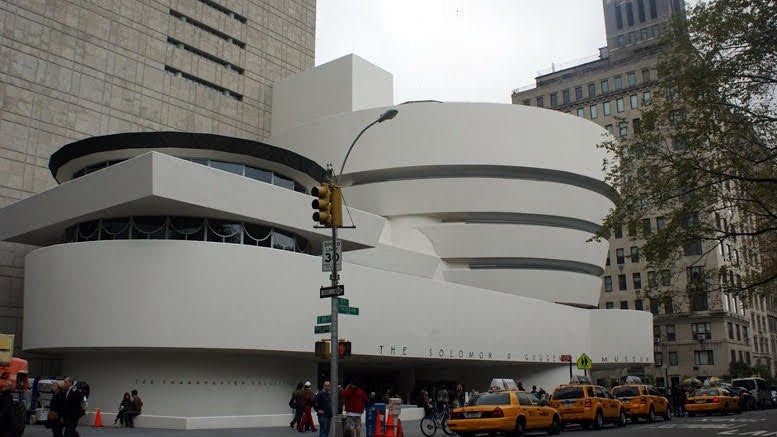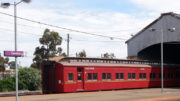 In the early 2000s, Geelong, a city renowned for its industrial roots, set its sights on a grand ambition: to host a Guggenheim Museum. This bold vision, inspired by the extraordinary success of the Guggenheim Museum in Bilbao, Spain, had the potential to transform Geelong into a global cultural hub. While the idea was met with enthusiasm by the local media and backed by the then-premier, it ultimately never came to fruition, being shelved in favour of a more practical development—the convention centre, which is currently under construction.
In the early 2000s, Geelong, a city renowned for its industrial roots, set its sights on a grand ambition: to host a Guggenheim Museum. This bold vision, inspired by the extraordinary success of the Guggenheim Museum in Bilbao, Spain, had the potential to transform Geelong into a global cultural hub. While the idea was met with enthusiasm by the local media and backed by the then-premier, it ultimately never came to fruition, being shelved in favour of a more practical development—the convention centre, which is currently under construction.
Geelong’s interest in a Guggenheim Museum stemmed largely from the cultural and economic revival seen in Bilbao, Spain. The opening of the Guggenheim Museum Bilbao in 1997 had transformed the city, drawing millions of tourists and sparking urban regeneration. This success, often referred to as the “Bilbao Effect,” had other cities around the world considering the potential of art and culture as drivers of economic growth and urban renewal.
Between 2000 and 2003, Geelong’s local council championed the idea of a Guggenheim Museum as part of a larger push to redefine the city’s image and secure its future in a post-industrial era. With the backing of the Victorian Premier and widespread local media support, the proposal captured the imagination of many. A Guggenheim in Geelong was envisioned as a catalyst for tourism and cultural enrichment, putting the city on the global map and providing a focal point for artistic exchange and innovation.
However, despite the enthusiasm surrounding the concept, the plan never progressed to the critical stage of a feasibility study. Factors such as the considerable financial investment required, logistical concerns, and competing development priorities may have played a role in slowing momentum.
As time passed, the focus shifted away from the Guggenheim proposal, and by the mid-2000s, the idea was officially shelved. Instead, the city and state governments turned their attention to more practical, immediate developments. The project that took precedence was the Geelong Convention Centre, which is now under construction and represents a different path to economic growth and urban renewal. The convention centre will provide a new venue for business tourism and large events, aligning with Geelong’s evolving economic landscape.
Geelong’s 2000-2003 bid for a Guggenheim Museum was a daring vision that reflected the city’s desire to evolve beyond its industrial past. Although the plan was ultimately shelved in favour of the convention centre, it marked a key moment in Geelong’s ongoing transformation. The convention centre may not have the same global cultural cachet as a Guggenheim, but it represents a pragmatic step toward boosting the city’s economy and tourism, ensuring that Geelong continues to grow and redefine itself for the future.
A Brief Overview of the Guggenheim Galleries
The Guggenheim Foundation is one of the world’s most prestigious institutions in the field of modern and contemporary art. Founded by philanthropist Solomon R. Guggenheim in 1937, the foundation operates a network of museums, each with its own architectural and cultural significance:
Guggenheim Museum New York: (Pictured above) The original museum, designed by Frank Lloyd Wright and located on Fifth Avenue, opened in 1959 and is famous for its spiralling design.
Guggenheim Museum Bilbao: Opened in 1997 and designed by Frank Gehry, this museum is celebrated for its iconic titanium structure and its role in revitalising Bilbao’s economy.
Peggy Guggenheim Collection, Venice: Situated in the 18th-century Palazzo Venier dei Leoni, this museum showcases European and American modern art and was founded by Solomon’s niece, Peggy Guggenheim.
Guggenheim Abu Dhabi (under construction): Set to open in the coming years, this museum will continue the foundation’s mission of promoting contemporary art with a focus on Middle Eastern artists.




